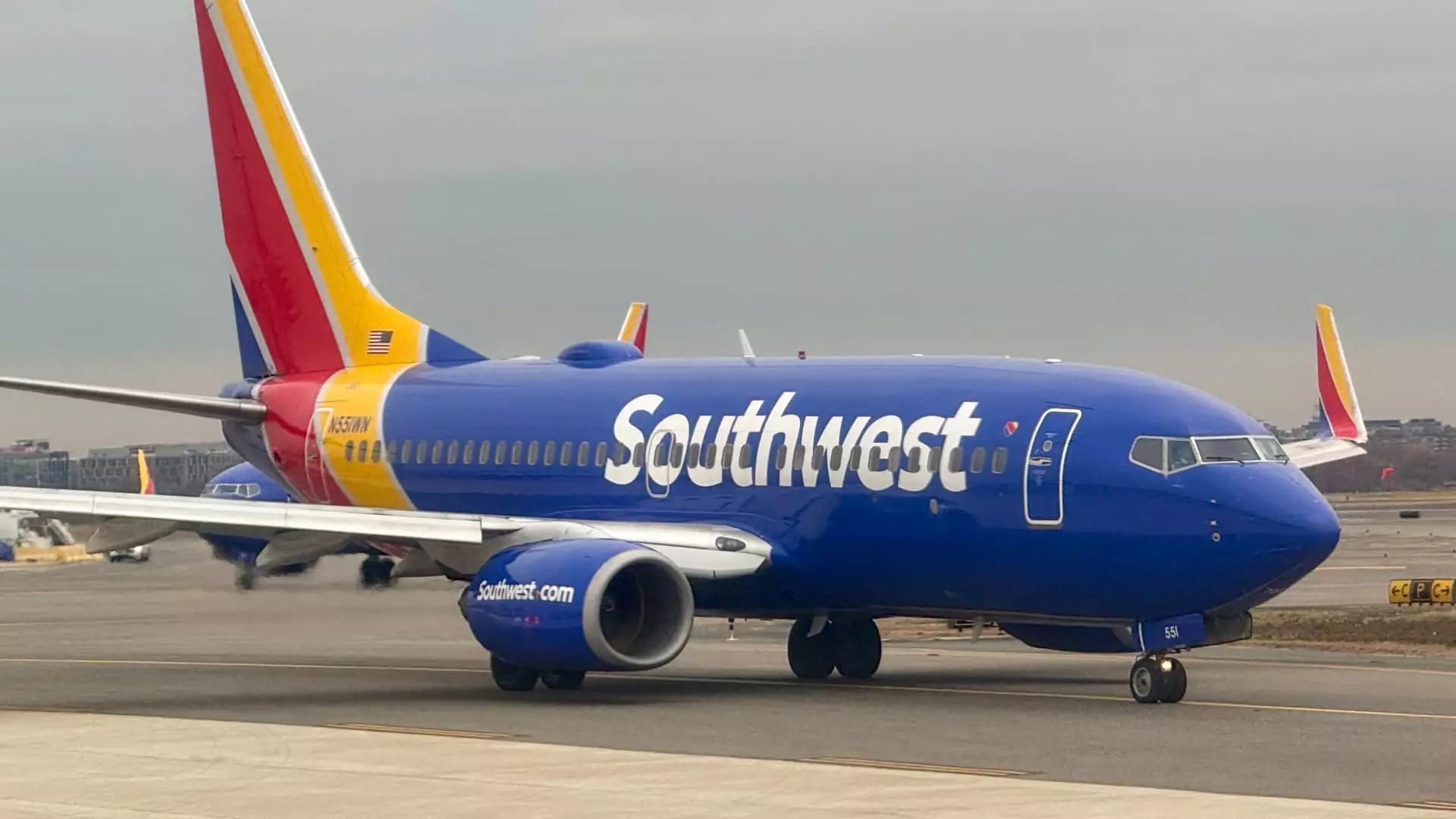On Monday, Southwest Airlines revealed plans to reduce its workforce by approximately 15%, equating to around 1,750 corporate positions. This decision, branded as “unprecedented” by CEO Bob Jordan, marks a turning point in the airline’s approach to economic sustainability. The airline projects that these layoffs will help them realize $210 million in savings within the fiscal year and an estimated $300 million by 2026. This drastic measure signals an urgent need for the company to implement cost-saving strategies in response to growing financial pressures.
In a detailed memo shared with staff, Jordan expressed the necessity for the company to transition into a “leaner, faster, and more agile organization.” This focus on restructuring aligns with broader trends in the airline industry, where competitive pressures and fluctuating consumer demand have necessitated a reevaluation of operational frameworks. Notably, the layoffs will primarily target senior leadership roles, effectively moving to reduce overhead costs while striving to maintain essential services.
The decision to cut jobs follows a period of intense scrutiny from activist investors, particularly Elliott Investment Management, which demanded changes within the company. Following a settlement that granted Elliott five board seats, there was speculation regarding the future of Jordan’s leadership. However, he retains his position as the company embarks on this fundamental transformation.
Southwest Airlines’ ongoing efforts to trim expenses include a range of measures beyond job eliminations. Previously announced initiatives include a hiring freeze, suspension of internships, and the discontinuation of long-standing team-building events that have been a staple since 1985. Moreover, the airline has eliminated various unprofitable routes, indicating a strategic pivot towards more viable operations.
Last year, Southwest laid out an extensive plan to drive profitability, one aspect of which involved moving away from its characteristic open seating system—a practice that has been in place for over five decades. This change towards assigned seating is expected to improve customer experience while providing more streamlined boarding processes. Additionally, the introduction of overnight flights represents a significant shift in the airline’s service offerings, aiming to capture a wider market demographic.
Despite the layoffs set to take effect in late April, Jordan emphasized that those affected will continue to receive salary and benefits until the end of their employment period. This approach acknowledges the emotional and financial impact of job losses on employees, emphasizing the company’s awareness of its workforce’s well-being amid broader organizational changes.
As Southwest Airlines navigates this critical juncture, the challenges ahead are manifold. The combination of transforming operational efficiency while maintaining a robust company culture will require strategic acumen and foresight. While these job cuts and corporate changes present immediate savings, their long-term effectiveness hinges on the airline’s ability to adapt and thrive in an increasingly competitive landscape. The upcoming months will be pivotal as Southwest institutionalizes these changes and seeks to stabilize its standing within the airline industry.



Leave a Reply